In a nutshell :
- My circuit behaves erratically
- I connect the 'scope to find out why
- The problem disappears
In particular, this concerns the circuit in my last question although this is not the first time it's happened to me and I'd like to know what's the correct way of finding the source of this general problem. In software, we'd call these Heisenbugs but I don't know if the same pun is used for EE problems.
In this particular instance, I have a test program running on the PIC that goes from 0% to 100% duty cycle on the PWM output in 8 steps, pausing for 10 seconds at each step. Then it goes back down again from 100% to 0%. The problem is that it goes up ok, but gets stuck coming down - i.e. the fan doesn't fall in speed as it should.
Just connecting the ground of the probe to my circuit ground fixes the problem, even without the scope switched on. When the scope is connected and running, all probed signals look clean and tidy and everything works perfectly.
I'm guessing that I'm picking up some interference from mains hum or from the power supply, but without being able to observe it when it's misbehaving, I don't know what it is I should be fixing.
What do I do next?
Schematic:

Board:

The 2x5 header at the bottom is there just to expose all of my unused PIC pins in case I want to extend this in future (it's a hobby project). Fan connector is at the top.